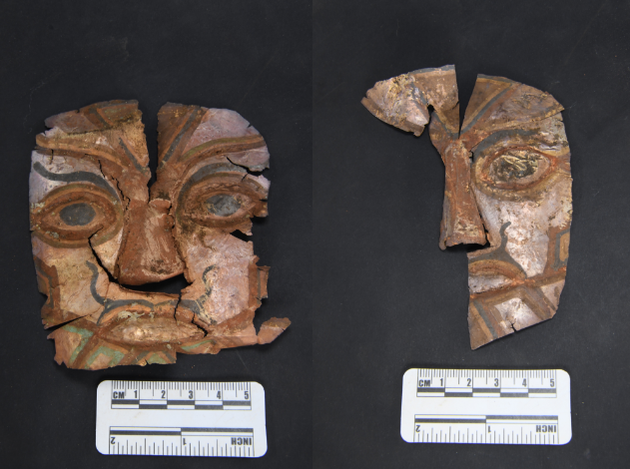
Photo/Xinhua
Wooden figurines discovered at an ancient tomb site on the Qinghai-Tibet Plateau may provide evidence of early exchanges between Tibet and surrounding areas, according to researchers.
Chinese archaeologists found the wooden figurines at the Sangmda Lungga tomb site, located in Zanda County, Ngari Prefecture, in the western part of the Tibet Autonomous Region. It is the first time that such figurines have been discovered on the Qinghai-Tibet Plateau.
The wooden figurines bear a resemblance to those found in the Turpan area in Xinjiang, said He Wei, a senior researcher with the provincial relics-protection institute.
The burial grounds were first discovered in 2017, since which time, a number of relics have been unearthed.
Aside from the figurines, there were six pieces of golden and silver facial ornament, which are similar to those found in nearby tombs, and also to ones in tombs of northwestern India and northern Nepal, He said.
Meanwwhile, copperware objects found at the site are similar to those found in Sichuan, and Hubei in central China, she said.
"Starting from around 300 B.C., human beings began to gather in this area, and in the following years they probably experienced great social development, where cultures from Xinjiang, northern Nepal, north India, Lhasa and Shannan and the inland areas integrated," she said.
Starting from 600 A.D., the tomb area was no longer used and human activities there came to an end, she said.
Email: lansuying@nbd.com.cn


 川公网安备 51019002001991号
川公网安备 51019002001991号





